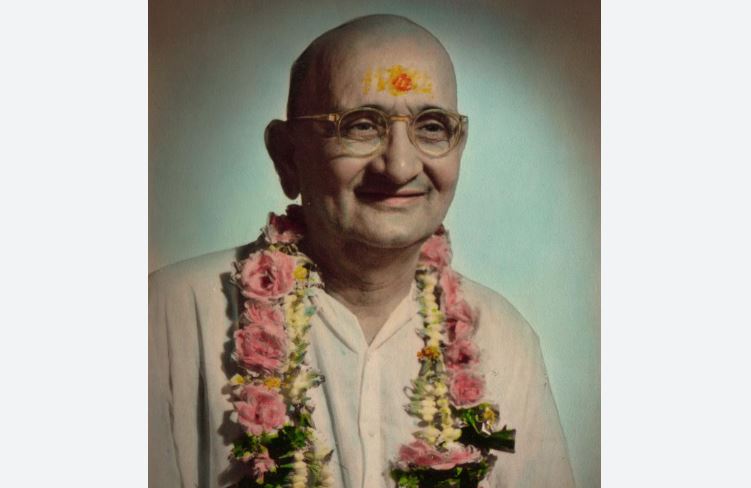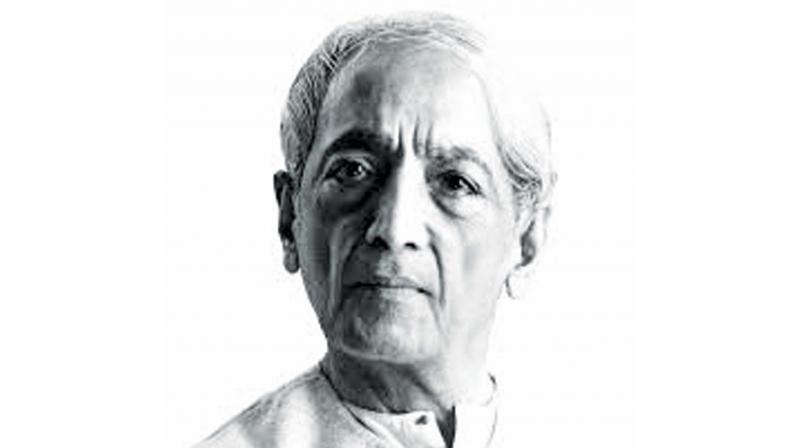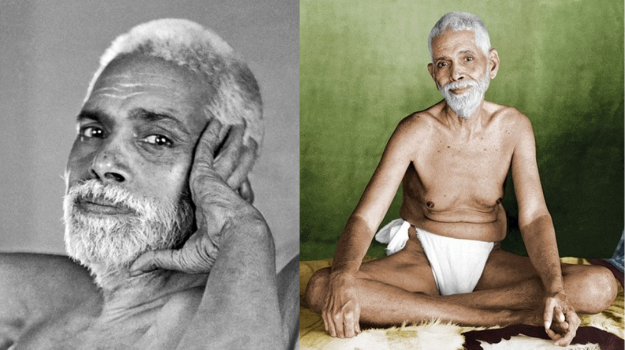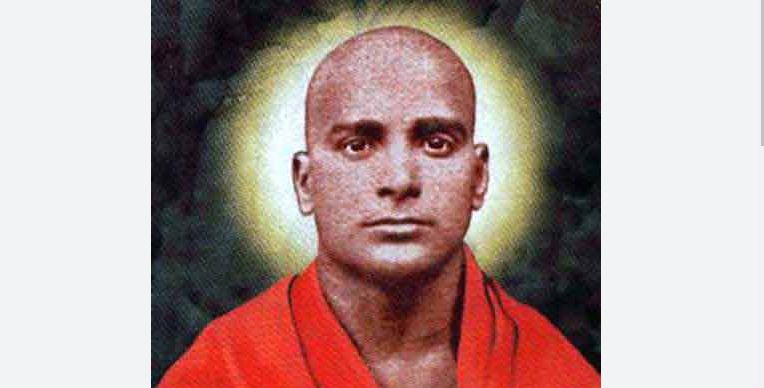 Let us start with our self. What can we say for certain about ‘I,’ our self, the subject, the one that knows experience? The first thing is that I am obviously present – I am. If I were not present I wouldn’t be aware of these words. And the second self-evident fact about our self is that I am aware or knowing. If this were not true I would not be aware of thoughts, sensations or perceptions.
Let us start with our self. What can we say for certain about ‘I,’ our self, the subject, the one that knows experience? The first thing is that I am obviously present – I am. If I were not present I wouldn’t be aware of these words. And the second self-evident fact about our self is that I am aware or knowing. If this were not true I would not be aware of thoughts, sensations or perceptions.
In other words, I am and the ‘I’ that I am, is aware that I am. This knowing of our own being – its knowing of itself – is the most familiar, intimate and obvious fact of experience and is shared by all.
This present and aware ‘I’ is sometimes referred to as ‘Awareness’, which means the ‘presence of that which is aware’. It is a word in which the two fundamental qualities of our self – being and knowing – are recognized as one.
What else can we know for certain from experience about our self? ‘I’ am aware of thoughts, sensations and perceptions but am not made out of a thought, sensation or perception. ‘I’ am made out of pure being and knowing.
As such ‘I’ could be likened to an open, empty space to which or in which the objects of the mind, body and world (thoughts, sensations and perceptions) appear. And just as empty space, relatively speaking, cannot resist or be agitated by the appearance or activity of any object within it, so the open, empty space of Awareness cannot resist or be disturbed by any appearance of the mind, body or world, irrespective of their particular quality or condition.
This inherent absence of resistance is the experience of happiness; this imperturbability is peace. This happiness and peace are not dependent upon the condition of the mind, body or world and are present in and as the essential nature of Awareness under all conditions and in all circumstances.
Thus happiness and peace, as well as being and knowing, are essential to our true nature.
With this apparent veiling of the true and only self of Awareness, a separate, limited self seems to come into existence, just as a real landscape seems to come into existence when the screen is overlooked.
And with the apparent veiling of our true nature, the peace and happiness that are the natural condition of all experience seem also to be veiled. It is for this reason that there is always a deep pain in the heart of the separate self – the pain of separate existence. Most people’s lives are spent trying to ease or numb the pain of this separation through substances, objects, activities and relationships.
In short, the imaginary separate self is always seeking peace, happiness and love in an outside object, other or world. However, the separate self cannot find peace, happiness and love because its apparent existence is the veiling of it. At the same time peace, happiness and love is all the separate self seeks.
The longing of the separate self is like a moth that seeks a flame. The flame is all that the moth desires and the one thing it cannot have. As the moth touches the flame it dies.
That is the moth’s way of experiencing the flame – by dying in it. And that is the separate self’s way of experiencing peace, happiness and love – by dissolving or dying.
Rupert Spira is an English studio potter
Rupert Spira







